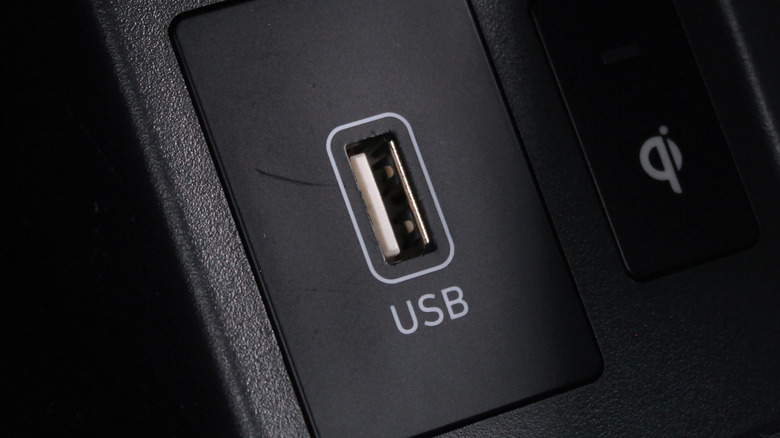The Evolution of USB Technology
In today’s world, technology is an integral part of daily life, and with it comes a variety of cables and ports. From HDMI to Ethernet, these connections serve different purposes, ranging from power delivery to data transfer. Among the most widely used is the USB, or Universal Serial Bus, which has become a staple in connecting various devices. It’s remarkable how such a simple yet powerful technology has managed to permeate almost every aspect of modern life.
The USB was introduced in the mid-1990s by a team of engineers at Intel, aiming to simplify the process of connecting peripherals like keyboards and mice to computers. This initiative sought to reduce the number of required hardware components while streamlining data installation. Ajay Bhatt, often credited as the driving force behind the creation of the USB, played a pivotal role in this development. Although he retired from Intel in 2016 after more than 25 years of service, his contributions continue to influence the tech industry.
Despite its widespread use, the question of who owns the USB remains intriguing. Unlike many other technological innovations, the USB was not patented for profit. Instead, Intel made it royalty-free, allowing anyone to use it without restrictions. Bhatt himself emphasized that his motivation was not financial but rather to bring about meaningful change. His perspective highlights the collaborative nature of technological advancement.
Another key player in the USB story is the USB Implementers Forum (USB-IF), a non-profit organization composed of representatives from various companies that contributed to the development of USB. This group is responsible for overseeing the implementation and evolution of USB technology, ensuring it meets high standards. The USB-IF plays a crucial role in maintaining the quality and reliability of USB across the tech landscape.
The Rise of USB-C
Over the years, the USB-IF has been instrumental in advancing USB technology. One of its most significant achievements is the development of USB-C, a newer and more versatile version of the traditional USB. While earlier versions of USB had limitations, USB-C offers several improvements. For instance, it can be inserted either way, eliminating the frustration of incorrect orientation. Additionally, USB-C supports faster data transfer speeds and higher power delivery, making it suitable for a wide range of devices.
USB-C has quickly gained popularity, with many smartphones, laptops, and other gadgets adopting this standard. Introduced in 2014, USB-C represents a major step forward in the quest for a universal cable solution. Its capabilities extend beyond just data transfer; it can also charge devices efficiently, reducing the need for multiple cables.
The Future of USB Technology
As USB technology continues to evolve, the focus remains on creating a universal standard that simplifies connectivity. The original vision of the USB team has largely been realized, with USB-C leading the way. Despite the advancements, the core purpose of USB technology remains unchanged: to provide a reliable and efficient means of connecting devices.
The collaborative efforts of individuals like Ajay Bhatt and organizations like the USB-IF have ensured that USB technology remains relevant and adaptable. As new challenges and demands emerge, the USB-IF will likely continue to play a vital role in shaping the future of connectivity.
In conclusion, the journey of USB technology from its inception in the 1990s to the present day showcases the power of innovation and collaboration. With ongoing developments and the adoption of USB-C, the future of USB looks promising, continuing to meet the needs of an ever-evolving tech landscape.
